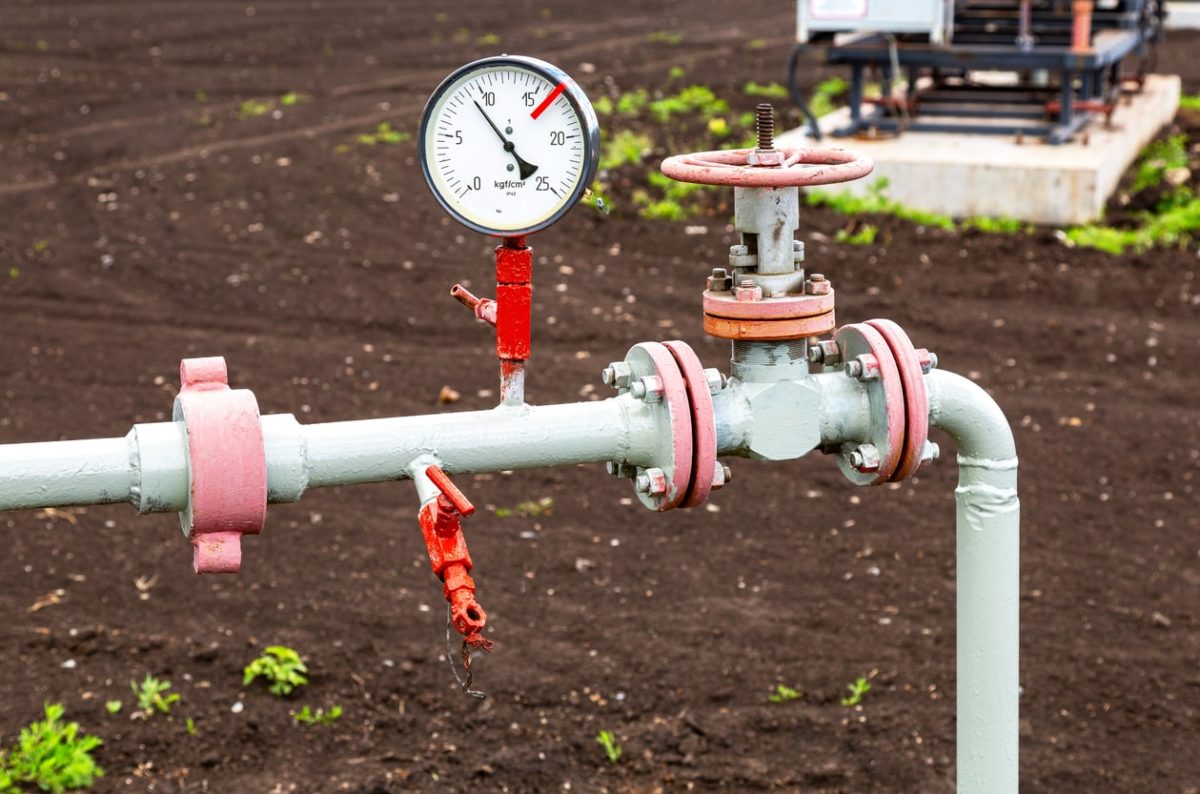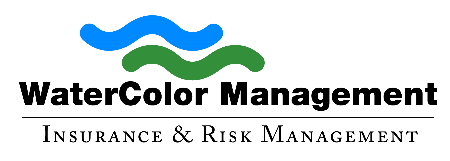
Groundwater is a good source of water, and both individuals and municipal areas rely on this source of water to sustain the life of humans, other animals, and plants, as well as providing a means of sanitation. Drilling a well is a complicated matter, however, and the right protocols need to be followed in order to get quality water and maintain safety standards.
Finding the Water
Before drilling, it is important to find out about the groundwater supply and estimate how much drilling is necessary in order to reach quality water. In some cases, water is found just a few feet below the surface. In other cases, drilling or driving hundreds of feet under the surface may be necessary. Usually, the best water is at least 30 feet below the surface. Marshy areas should be avoided when drilling.
Verifying Water Safety
Whether you drill or drive, and how deep you need to go will be a decision guided by water safety. Having clean water is a matter of public health, so it is important to get it right. The local utility companies will need to weigh in to make sure that no utilities will be disturbed during the process. You will also need to verify that you are far enough away from any septic systems to prevent contamination.
Safety Concerns When Actually Drilling
Once you have a proper plan to drill your well, it is important that whoever is doing the drilling stays safe during the process.
Watch for Power Lines
If you are drilling a larger well, there is a chance that you have put so much effort into examining the ground that you have forgotten to look at what is above you. Larger wells use a pump rig tower, and there is a chance of hitting power lines above you. This can be a fatal mistake.
Wear Safety Equipment
The most important pieces of safety gear on a drilling site are the hard hat and earplugs. Metal pipes are everywhere, and severe injuries can happen quite easily without protection. Drilling sites are also quite loud, so earplugs are necessary to protect against potential hearing loss.
Staying Alert
On any construction project, it is important to know what is going on in your surroundings in order to minimize the risk of injury to yourself or others you work with.
Use Proper Lifting Techniques
As much as possible those working on drilling should use machinery provided safely to do whatever lifting is necessary, but when situations arise when lifting must be done manually, practicing proper technique and bending the knees during a lift can go a long way towards keeping injuries at bay.
Obtain the Proper Insurance
Regardless of whether you represent a large company looking to tap into a water source for thousands or if you are an individual looking for quality water for yourself and your family in a rural area, drilling a well is not something to take lightly. Even with all the proper precautions, there is a chance that things can go wrong. That’s why having the right drilling insurance is so important.
About Watercolor Management
WaterColor Management has insured the water industry for over 30 years. Our policies include unlimited defense cost coverage in the event of a lawsuit against you. Call us at (256) 260-0412 or email info@watercolormanagement.com for a quick quote for your Water Business Professional, Products/Completed operations, Pollution and General Liability Insurance.




